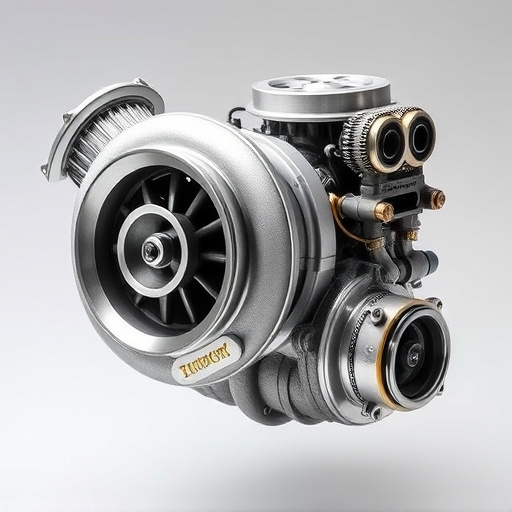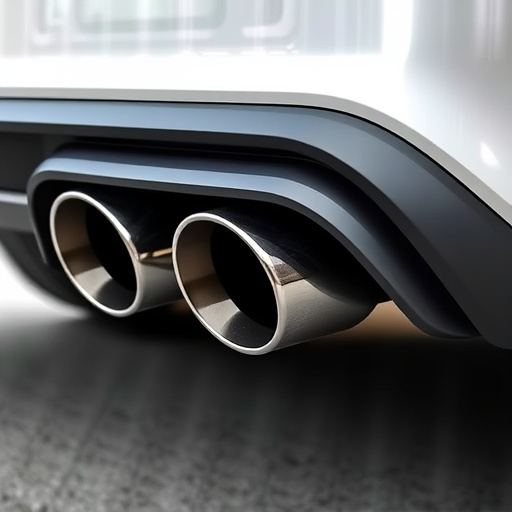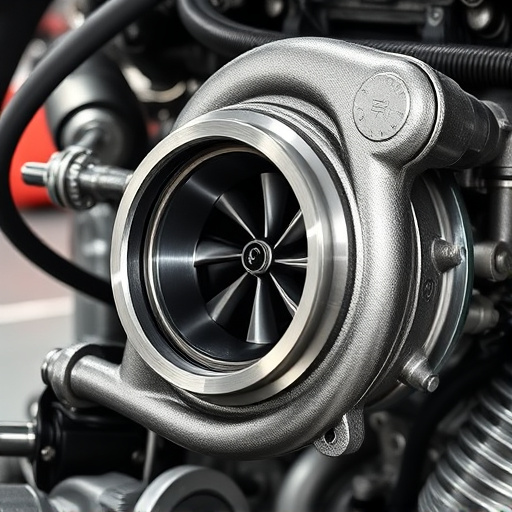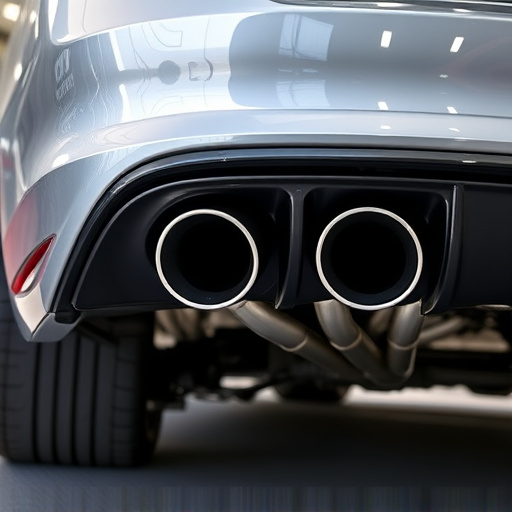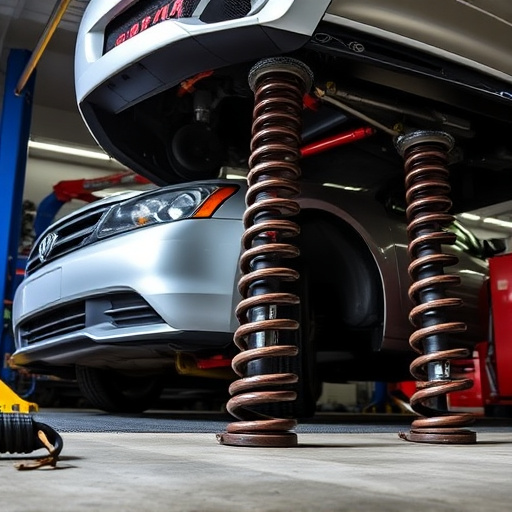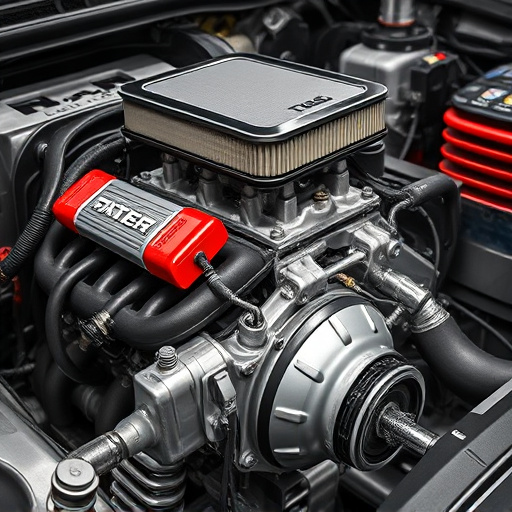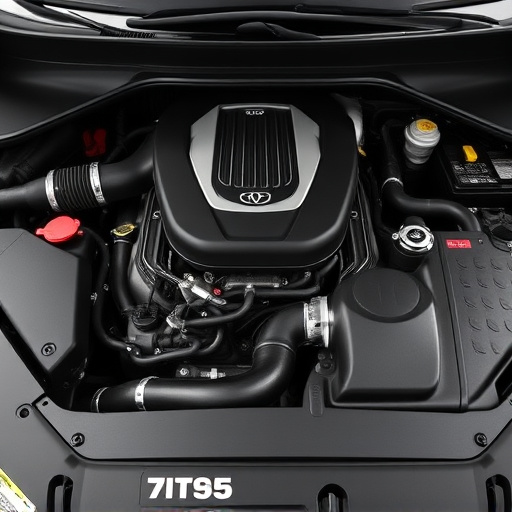Worn bushings can go unnoticed but negatively impact vehicle safety and performance. Symptoms include unusual noises, vibration, and irregular tire wear. Regular inspection reveals loose components, damaged housings, and increased play. Upgrading to polyurethane bushings enhances ride quality, improves handling, and reduces maintenance costs. Installing them involves identifying the correct bushings, cleaning installation surfaces, and securing them properly. Polyurethane bushings complement high-performance parts, ensuring durability, reduced noise, and improved control.
Tired of wobbly parts and annoying noises? It might be time to upgrade your bushing game! Worn-out bushings are often overlooked, but they can cause significant damage if left unchecked. Learn to identify common signs like increased play, unusual wear patterns, or loud clunking. Discover the numerous benefits of polyurethane bushings: enhanced durability, reduced noise, and improved handling. With our step-by-step guide, you’ll be ready to install these game-changers and bid farewell to worn-out parts for good.
- Recognizing Worn-Out Bushings: Common Signs and Symptoms
- The Benefits of Upgrading to Polyurethane Bushings
- Step-by-Step Guide: Installing Polyurethane Bushings
Recognizing Worn-Out Bushings: Common Signs and Symptoms
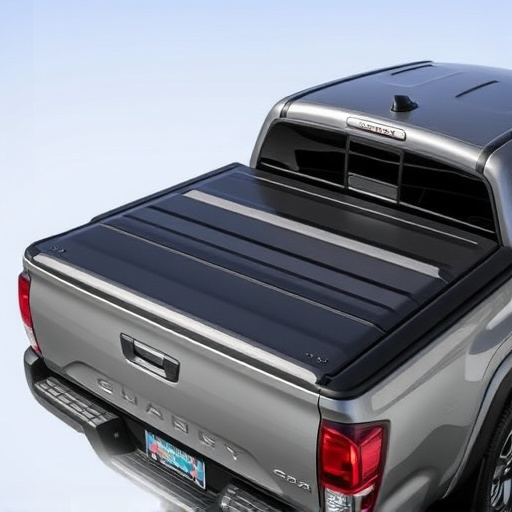
Worn-out bushings can often go unnoticed, but recognizing their symptoms is crucial for maintaining optimal vehicle performance and safety. One of the most common signs is excessive noise coming from your vehicle’s suspension or steering system. This could manifest as clunking, popping, or squeaking sounds, especially when navigating over bumps or making turns. Another indicator is increased vibration, particularly in the steering wheel or floor, which may intensify at certain speeds.
Inspecting your vehicle’s bushings regularly can help identify other telltale signs of wear and tear. For example, if you notice excessive tire wear, it could be an indication that the bushings are allowing for improper alignment. In addition, looser suspension components, visible damage or cracking on bushing housings, and increased play in steering or suspension systems are all potential red flags. When addressing these issues, consider upgrading to polyurethane bushings, known for their durability and ability to enhance both ride quality and vehicle handling, particularly when compared to traditional rubber bushings, especially in high-performance vehicles or those with aftermarket modifications targeting improved exhaust systems or intake components.
The Benefits of Upgrading to Polyurethane Bushings

Upgrading to polyurethane bushings offers a multitude of advantages for your vehicle’s suspension and overall performance. One of the key benefits is enhanced durability. Unlike traditional bushing materials, polyurethane is highly resistant to wear and tear, ensuring that your suspension components remain in top condition even under severe driving conditions. This extended lifespan translates into reduced maintenance costs and fewer unexpected breakdowns.
Moreover, polyurethane bushings provide superior shock absorption and noise reduction. They are designed to dampen vibrations more effectively than their rubber counterparts, resulting in a smoother ride and quieter operation, especially around muffler tips and performance brakes. This not only improves passenger comfort but also contributes to better handling and control, making your vehicle more responsive and agile.
Step-by-Step Guide: Installing Polyurethane Bushings
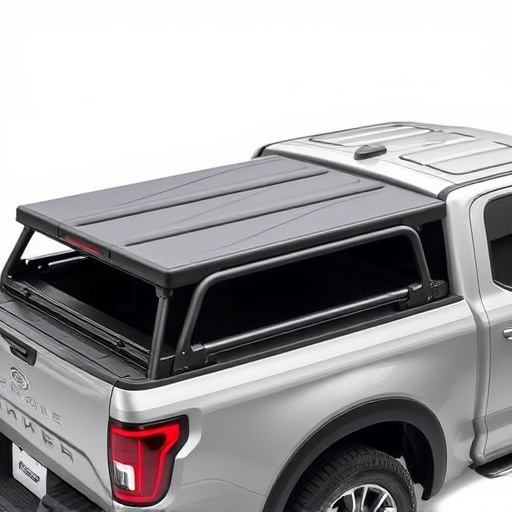
Installing polyurethane bushings is a straightforward process that can significantly improve your vehicle’s performance and handling. First, locate the bushing assemblies you need to replace, typically found in areas like suspension components, steering systems, or near brake rotors. Ensure you have the correct size and type of polyurethane bushings for your specific application.
Next, gather the necessary tools: socket wrenches, pliers, and a jack (for elevated access). Carefully remove the old bushings by unscrewing any retaining bolts and gently pulling them out. Clean the surfaces where the new bushings will be installed to eliminate any debris or oil residue. Insert the new polyurethane bushings, ensuring they are securely in place. Tighten the bolts according to the manufacturer’s specifications, using a socket wrench for precision. With proper installation, your vehicle will benefit from enhanced durability, reduced noise levels, and improved overall performance, especially when paired with high-performance parts like a performance exhaust system.
Upgrading to polyurethane bushings is a smart move for anyone looking to enhance their vehicle’s performance and durability. By identifying worn-out bushings through common signs like increased noise, vibration, and reduced steering control, you can take proactive measures to ensure a smoother ride and better handling. Polyurethane offers superior strength, flexibility, and resistance to wear compared to traditional materials, making it a game-changer for maintaining your vehicle’s health over the long term. Follow our step-by-step guide to installation, and you’ll be on your way to an upgraded driving experience.








